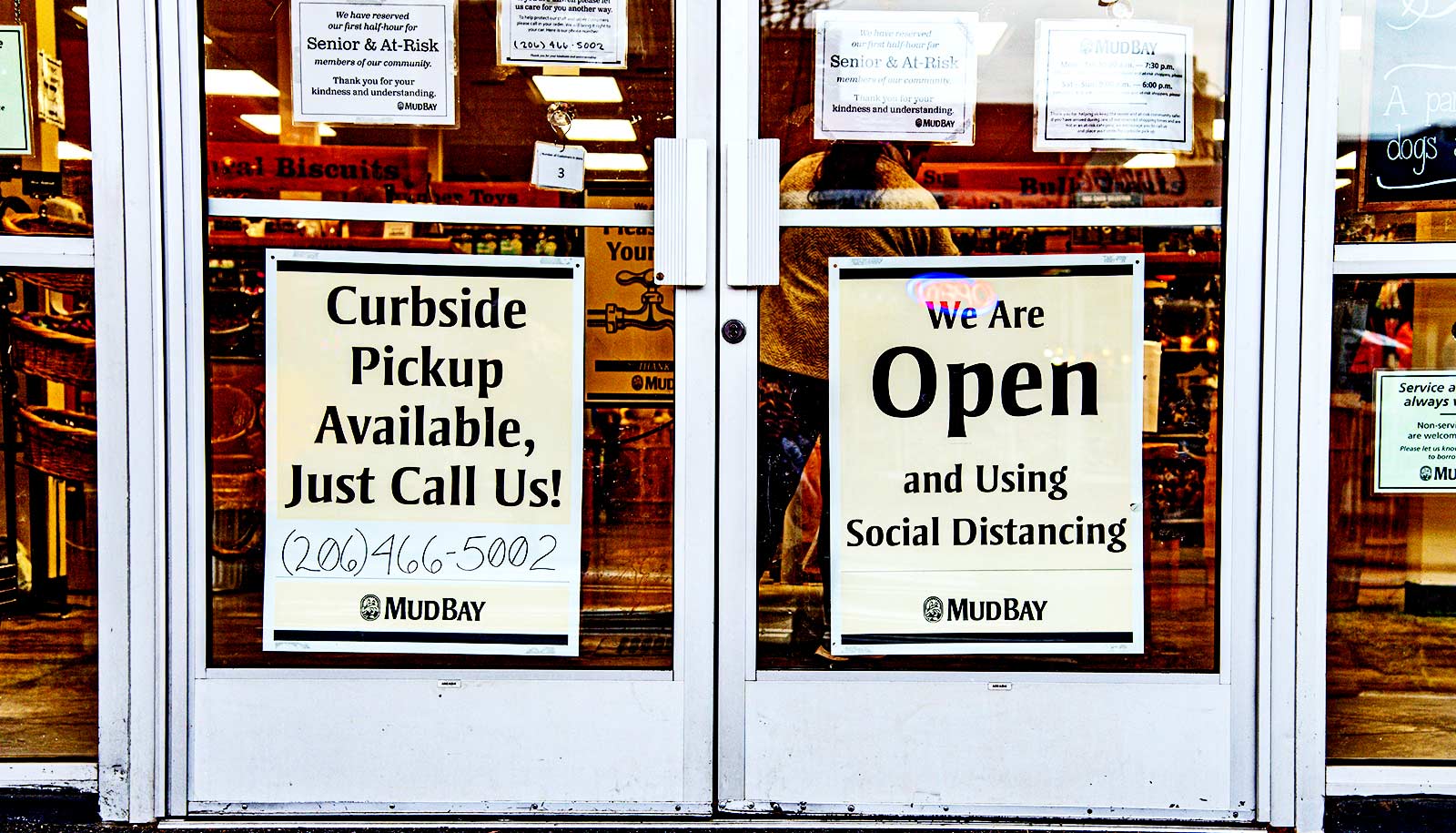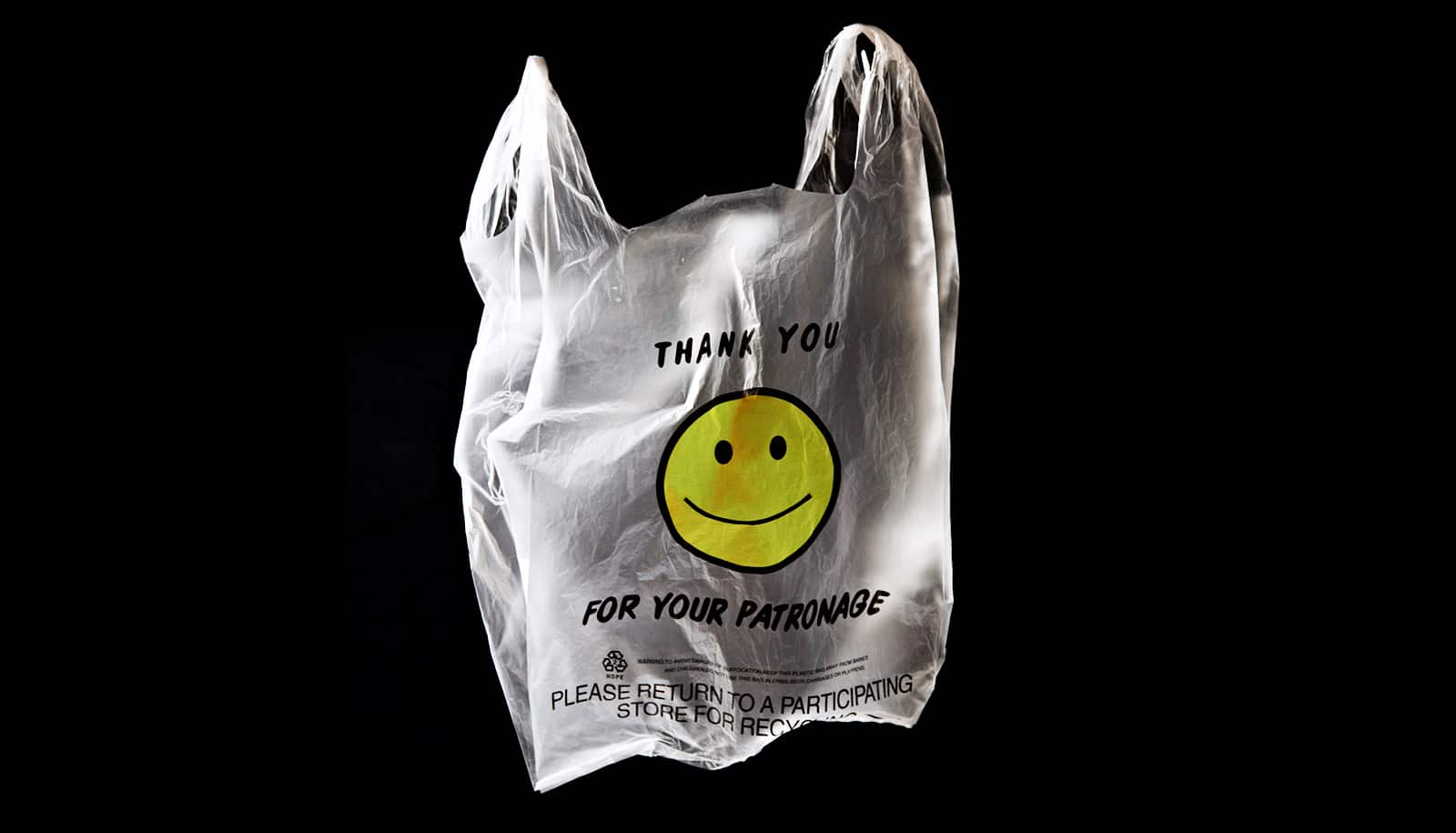Shortages of personal protective equipment and medical devices, dairies pouring gallons of milk down the drain, and delivery delays of online purchases. All are examples of how the COVID-19 pandemic has affected and changed the supply chain.
Mike Crum, a professor and chair of supply chain management in Iowa State University’s Ivy College of Business, worked with Consumer Brands Association and the Council of Supply Chain Management Professionals to write a new report, which offers recommendations for policymakers on how to confront these challenges.
Here, Crum discusses the challenges the pandemic revealed and the report’s recommendations:
The pandemic revealed several weaknesses in the supply chain. What are some of the challenges moving forward?
The pandemic not only revealed vulnerabilities and weaknesses, but it has permanently impacted the way supply chains operate. One of those impacts is e-commerce. The growth of online buying had been trending upward, but during the pandemic that accelerated greatly. More people, especially those who had not shopped online as much, saw the benefit from a health and safety standpoint and in terms of efficiency and convenience. That’s not going to change. More online purchasing and even curbside or contactless purchasing will persist and that has huge implications for the supply chain.
The pandemic also opened the eyes of business leaders as their channels of distribution changed radically. They now have greater appreciation of the need to be more flexible and resilient. Companies are reassessing their supply chain operations, so in the future if there’s disruption in the channels of distribution they can respond more quickly and efficiently.
Prior to the pandemic, many larger companies were already practicing sophisticated supply chain risk management and planning for different types of disruption. Those who planned probably came through the pandemic better than those who had not. Thus, more companies are appreciating the value and benefit of in-depth risk management. This includes the government, not just companies.
One thing that was noted in the report is our dependence on different parts of the world for critical materials and finished products, such as pharmaceuticals and medical devices. The pandemic really revealed a lot of areas where we have vulnerabilities and our ability to respond.
The report includes several recommendations. How would you prioritize?
What I would prioritize from the report is just my own opinion. The priorities will vary by company and different sectors of the economy. Of the recommendations, No. 1 is having an established Office of Supply Chain within the government to facilitate stronger collaboration between the public and private sector, so decisions impacting supply chains are always considered.
I think the recommendations in the area of transportation are also extremely important because transportation accounts for a very large percentage of total supply chain costs. It also accounts for a high percentage of variability in supply chain performance. Companies have done a really good job improving and controlling manufacturing and operations within their organizations. However, once you add transportation to the equation, now you have time and distance, freight mingling with passenger vehicles, weather, all these different factors that are not as easy to control as your own manufacturing systems.
Our transportation infrastructure is in very bad shape, particularly bridges and highways. Most of our ocean ports are operating near capacity and now there’s huge congestion problems because of pent-up demand.
There are several innovations coming in the transportation space, such as autonomous vehicles, drones, and the internet of things being applied so that vehicles can communicate with one another and vehicles can communicate with the infrastructure. All this technology is percolating, and we’re seeing a lot of startup activity focused on supply chain—increased automation, artificial intelligence, and machine learning—to do a better job of moving products throughout the supply chain.
Finally, protecting, securing, and managing critical supply chains, that is the supply chains of goods and materials that are critical to national defense, the economy, and health care ranks up there. I think those are the two, transportation and critical supply chains, I’d assign the highest priority.
Why establish a federal Office of Supply Chain?
Through our research we identified several federal departments and agencies that are establishing policies and passing regulations or initiatives that impact the private sector supply chains. For example, policies and regulations impacting transportation, energy, labor, and the environment are managed or overseen by different parts of the federal government. The impact of individual policies and regulations and the interactions among them on total supply chain performance were usually not considered since no one government entity was accountable for overall supply chain performance.
It’s very similar to businesses 30 or 40 years ago. There were all these different supply chain components within companies that were siloed. The manufacturing was separate from the distribution, and the inbound materials and the outbound flow of product were managed separately. You didn’t always have marketing talking to the folks in logistics. What industry learned many decades ago was that too many functions tied to supply chain were separate from one another. So industry started integrating those functions to avoid making suboptimal decisions from a total supply chain perspective.
As this improved within businesses, it became clear that supply chain performance really depends on how all the different players in the supply chain perform. If you’re sharing information and planning with your partners and collaborators, you can make execution of your supply chain more efficient with higher quality service. We saw this as industry broke down internal silos and then looked externally to their supply chain partners and broke down those company-to-company silos. The one partner that really hadn’t been brought into the fold was government.
Why is the government an important part of the supply chain?
The government, through investments, financial incentives, regulations, and policies, greatly [affects] supply chain performance. We felt there had to be some organizational entity or structure to break down those silos within the government, so that supply chain issues would be identified and assessed when making decisions. Given how important supply chain is to national defense, the economy, and quality of life in our country, we thought there needed to be one focal point within the federal government to coordinate policies, identify best practices, share information, and communicate across all agencies to have a positive impact on supply chains.
As we were working on the report, I suggested we look inside the government to see if there were good examples or models in operation that we could draw from. We found three or four examples without too much digging. One was directly related to supply chain in the federal government’s acquisition of information and communication hardware and software. They had created a focal organization within the Office of Management and Budget to coordinate efforts and identify best practices. It was very similar to what we were envisioning, but they were doing it more for cybersecurity purposes.
The organization included a representative from several government department and agencies and representatives from the private sector, including the communications industry and the information systems industry. The ratio of private sector representatives to government representatives was 2-to-1. They met on a regular basis, shared information, set standards, identified best practices, and made recommendations to the different agencies for implementation. It gave us hope that an Office of Supply Chain is something that could be achieved.
Source: Iowa State University



